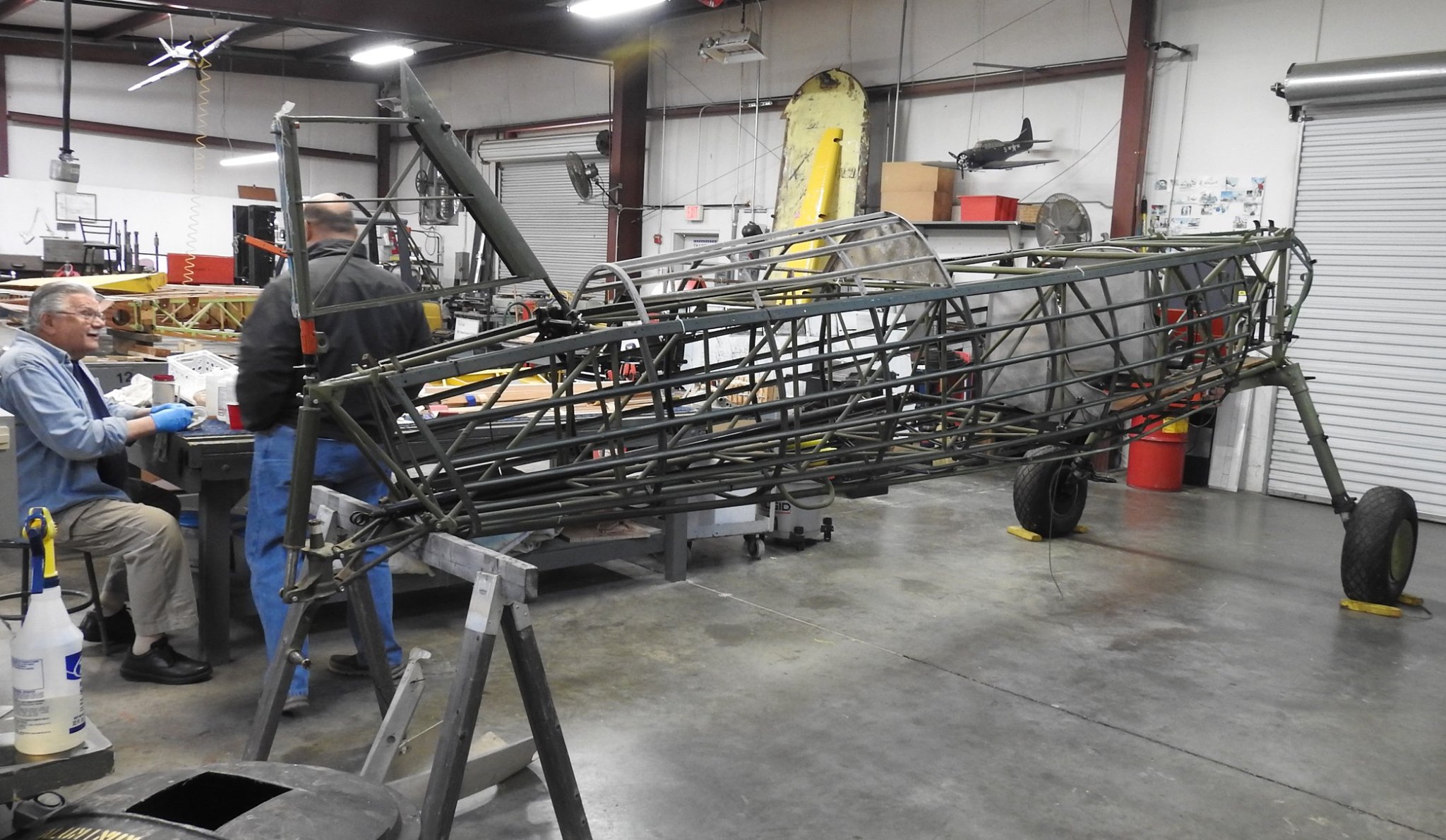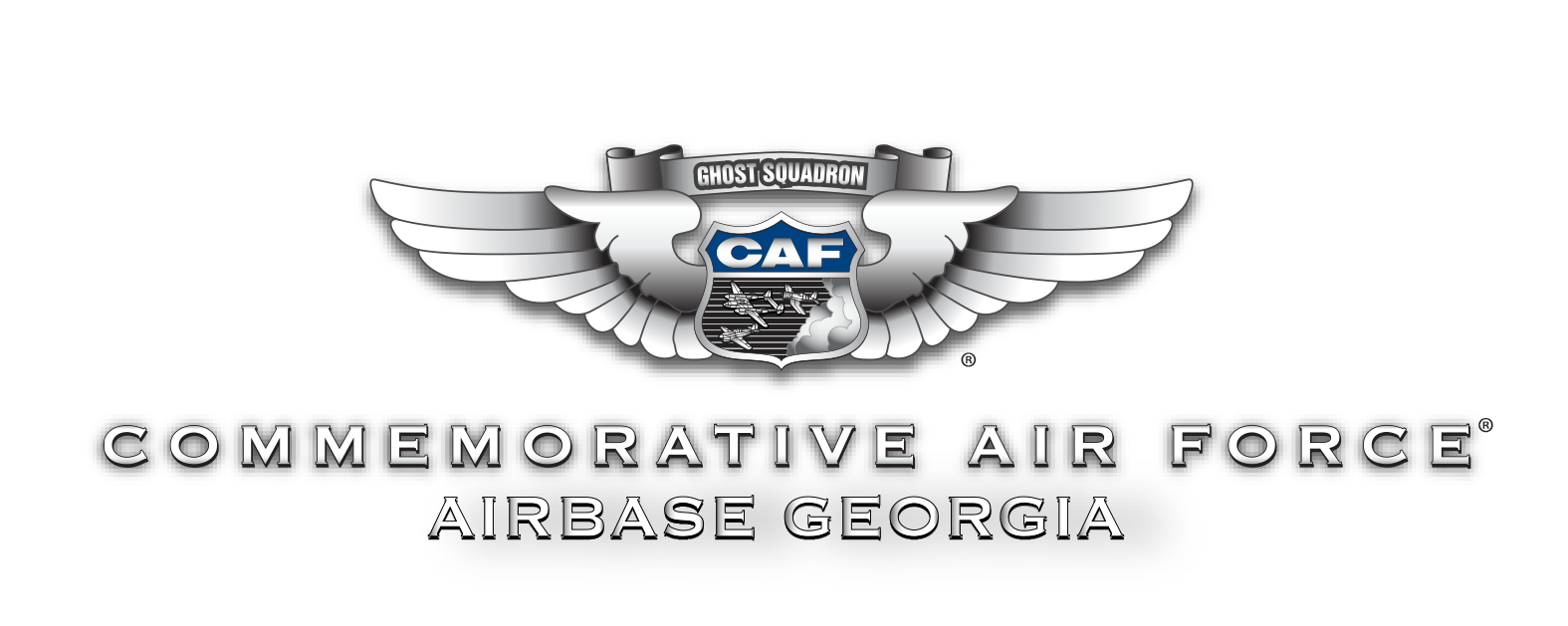
The Commemorative Air Force (CAF) Airbase Georgia has recently acquired a World War II-era Boeing-Stearman N2S restoration project. The Boeing-Stearman Model 75, nicknamed “Kaydet” but more often called “Stearman” by its pilots, was the primary trainer for Army and Navy pilots for more than a decade beginning in 1936. The restoration project is dedicated to “Rosie the Riveter,” the cultural icon representing women who worked in factories and shipyards during World War II, helping transform America into the Arsenal of Democracy. The group’s goal is to return the classic biplane to the air in time to celebrate the 90th Anniversary of the First Stearman Flight in 2024.
Airbase Georgia developed a restoration program including several of the unit’s female members, as a way of honoring “Rosie the Riveter,” the cultural icon who represented the women workers in factories and shipyards during World War II.

According to the Encyclopedia of American Economic History, “Rosie the Riveter” inspired a social movement that increased the number of working American women from 12 million to 20 million by 1944, a 57% increase from 1940. By 1944, only 1.7 million unmarried men between the ages of 20 and 34 worked in the defense industry, while 4.1 million unmarried women between those ages did so. Although the image of “Rosie the Riveter” reflected the industrial work of welders and riveters during World War II, the majority of working women filled non-factory positions in every sector of the economy. What unified the experiences of these women was that they proved to themselves (and the country) that they could do a “man’s job” and could do it well. In 1942, just between the months of January and July, the estimates of the proportion of jobs that would be “acceptable” for women was raised by employers from 29 to 85%. African American women were some of those most affected by the need for women workers. It has been said that it was the process of whites working alongside blacks during the time that encouraged a breaking down of social barriers and a healthy recognition of diversity. (Source Wikipedia)
According to the Federal Aviation Administration 2018 Active Civil Airmen Statistics, more than 250,000 women are currently employed in the civilian aviation industry as pilots, flight engineers, flight navigators, mechanics, repair technicians, parachute riggers, dispatchers, ground instructors and flight attendants. The group is restoring the Stearman “Kaydet” with the talents of mechanics and other volunteers, including new and long-time female members of the organization. A goal of the Boeing-Stearman N2S “Kaydet” Restoration Project is to inspire more women to become involved in the Commemorative Air Force. We will restore this historic airplane to airworthiness and then operate it as a flying museum to showcase our national war heroes.
Aircraft History
The Kaydet, the two-seater biplane introduced by Stearman Aircraft Division of Boeing in Wichita, Kansas, in 1934, became an unexpected success during World War II. This aircraft was accepted by the Navy on July 9, 1941 as an N2S, the Navy version of the Model 75. The aircraft was assigned to the Naval Air Station (NAS) at Corpus Christi, Texas, and was transferred to Naval Reserve Aviation Base (NRAB) in Detroit, Mich., on April 9, 1942. Its next assignment was to Naval Air Intermediate Training (NAIT) at Rodd Field, Corpus Christi, Texas, on April 1, 1944. The aircraft was assigned to the pool in Dallas In November 1944 until it was stricken from the record on November 30, 1944.
